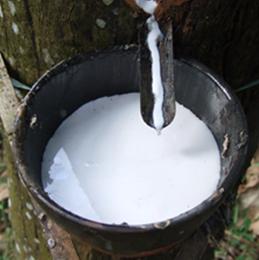
According to a report released on June 10, the Indian Rubber Board announced that natural rubber production in India dropped in May, while consumption saw a modest increase. This trend highlights shifting dynamics in the country's rubber market.
The production of natural rubber fell by 10% year-on-year, reaching 53,000 tons in May, down from 59,000 tons in the same period last year. Meanwhile, domestic consumption rose slightly to 83,500 tons, up from 81,325 tons in May 2013. This slight rise in demand suggests continued reliance on natural rubber across various industries, despite the drop in local output.
With global rubber prices remaining low, manufacturers that depend heavily on natural rubber found it more cost-effective to import the material. As a result, India's rubber imports surged significantly in May. According to the Rubber Bureau, imports jumped by 64% compared to the previous year, reaching 34,419 tons in May 2014.
The bureau also forecasts that total rubber imports for the first three months of the fiscal year 2014-2015 will increase by as much as 70% compared to the same period in the previous year. This projection underscores the growing dependence on foreign sources to meet domestic demand.
India primarily sources its rubber from neighboring countries such as Indonesia, Vietnam, Malaysia, and Thailand. These nations remain key suppliers due to their large-scale rubber plantations and competitive pricing. With domestic production struggling to keep up with demand, the reliance on these imports is expected to continue in the near future.
Low porosity clay bricks are made of ruby, mullite and combined clay as the main raw materials, molded under high pressure and sintered at high temperature. The product has excellent high temperature Physical properties and chemical corrosion resistance. Low porosity clay bricks have good stability, the degree of erosion does not occur sudden change, than ordinary clay bricks use cycle increased 2-3 times. Thermal conductivity, specific heat and solubility, respectively, than ordinary clay bricks 2 times higher than 10% and 40%, heat storage capacity than ordinary clay bricks higher than 50% -60%, can improve the thermal efficiency of the kiln.
Arc Type High Alumina Bricks,Rotary Kiln High Alumina Curved Brick,Kiln Arch Refractory Bricks
Huixian Xinwei Refractories Co. , http://www.xinweirefractory.com